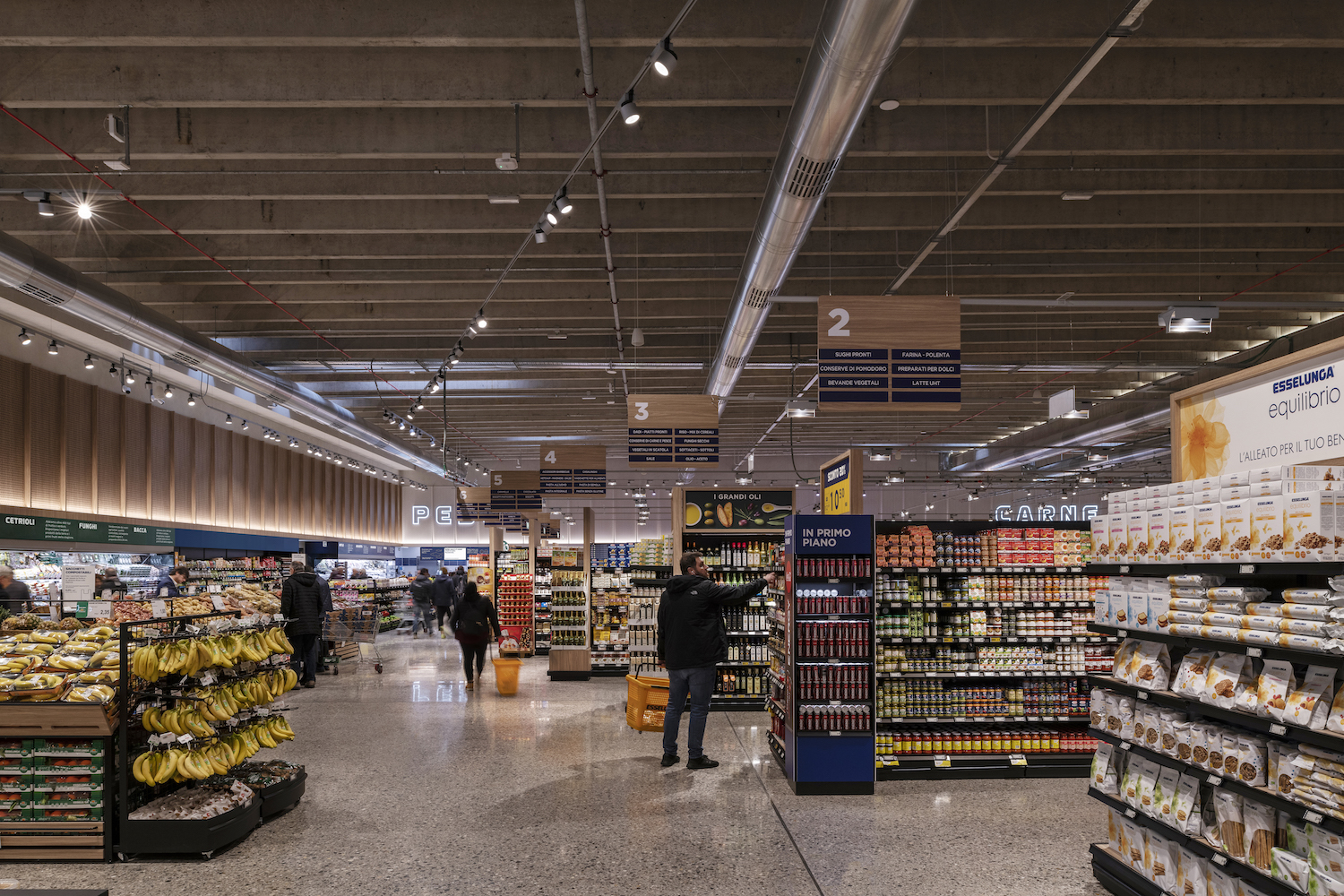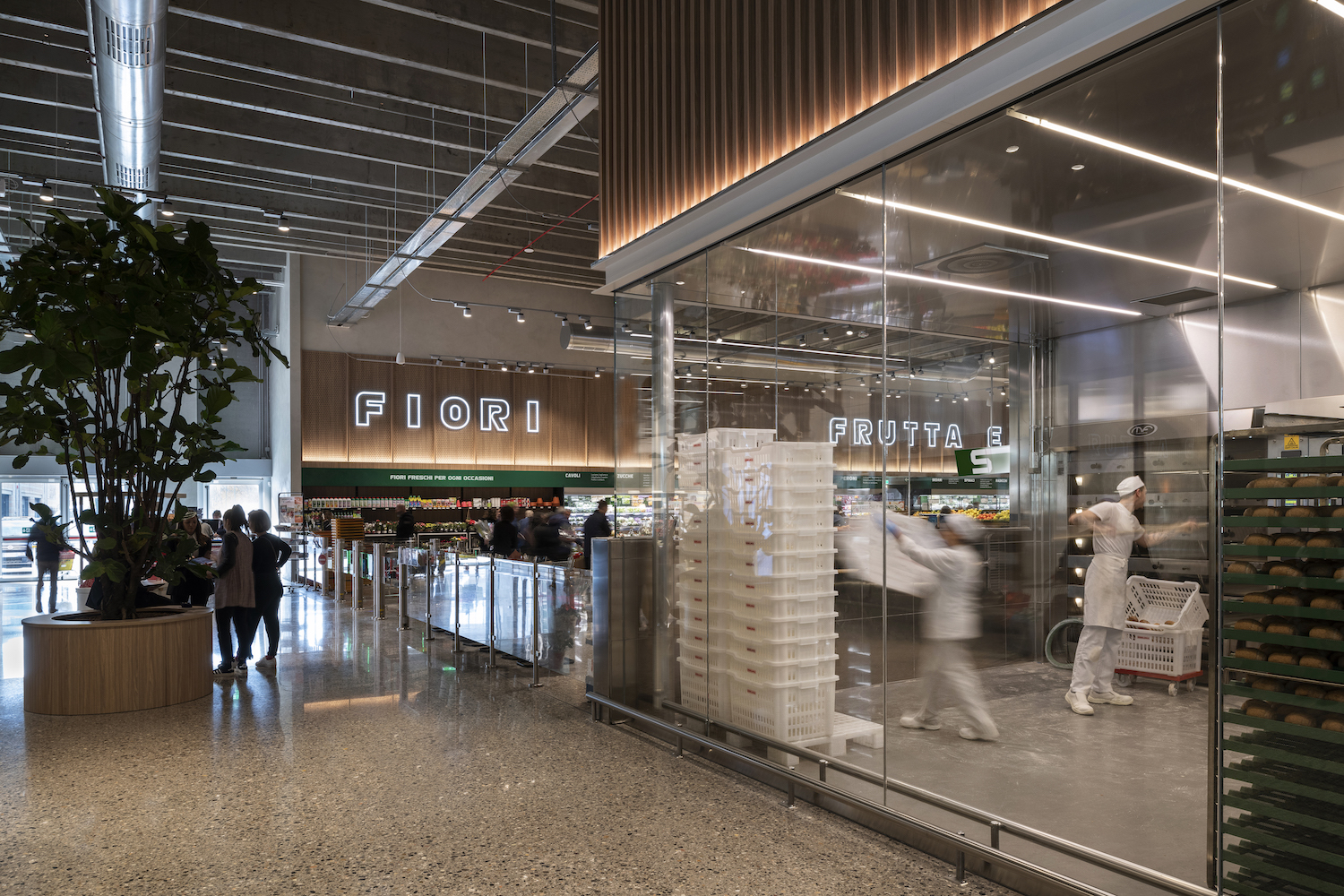Everyone has something to say about Amazon. Yet one thing always rises above the critiques: They’ve been ruthlessly customer focused. If it doesn’t benefit the consumer, they won’t do it. Their latest example is “Just Walk Out,” a suite of technologies that enable shoppers to simply enter a store, gather their items, and simply leave. The idea eliminates checkout lines. And Amazon now offers other retailers this same ability.
The genius is the technology helps rather than deflects. Many detractors deride the cost. Well, sure, horses are cheaper than horsepower, too. Their apps open, supermarket executives also enquire: “But who’ll own the data …?”
![]()
The much-debated setup costs are a distraction when weighed against potential customer preference. And miniscule as compared to the gold mine of information gathered. One could write a thesis on this and its long-term implications on retail properties alone. Let’s consider first the effects of Just Walk Out on retail environments:
🏆
The 2024 Creative Retail Awards are open for entries.
The Creative Retail Awards are much more than a mere accolade; they represent the pinnacle of achievement in the retail industry. Garnering a nomination or winning one of these awards is a testament to innovation, excellence, and leadership.
www.creativeretailawards.com
- No checkouts equals 8-12% floor space saved. Or it adds the equivalent in earning potential, dependent on how one thinks about store floor area.
- No checkouts affords a more motivated customer-facing team. For example, since McDonald’s introduced kiosk ordering systems, sales have increased, in part due to reduced customer pressure at point of sale (POS).
- The potential for real-time accounting and replenishment systems is unreal — not to mention the supply chain savings that live information from Just Walk Out will yield. Walmart hasn’t been concentrating their technology this way by mistake.
![]()
Second, think about how retail and supermarket buildings could be affected:
- Just Walk Out will also mean “just walk in, anywhere.” Parking can be located 360 degrees around the store, with customers choosing favored entries by department or parking success. And that’s just scratching the surface — inside, the new customer-focused planning opportunities make my designers’ head spin.
- Developers and shopping centers can completely rethink their footprints, optimizing cost and potential worth, too. This bit is mind altering: Retailers will never be able to replace these sales systems, without significant capital costs to them and the subsequent downsides for customers.

Then there’s the gold:
- The ultimate value is found in customized information capture, and how that’s monetized for retailers, their supply chain and product R&D. Think about this a bit.
- Imagine the promotional potential: “Welcome back, Mark. Here’s everything you bought last week … you want it again”? Or: “Let us pick up Buster’s food for you, He’s a lovely dog, but he’s dieting. Maybe try this?”
- And: “While you’re having fun squeezing avocados, talking to Jimmy the Grocer, and dining in the aisles, we’ll be busy packing your car — hang on, we see you bought the horse again. We’ll deliver.”

The genius of Amazon is everything they do is measured against whether it’s a game-changer for their potential customers who will ultimately decide to ride or drive, queue, or just walk out — literally.
While many retailers are commissioning market research to understand their customers, Jeff Bezos doesn’t. As this designer likes to say, he’s just “Reinventing Normal.”












